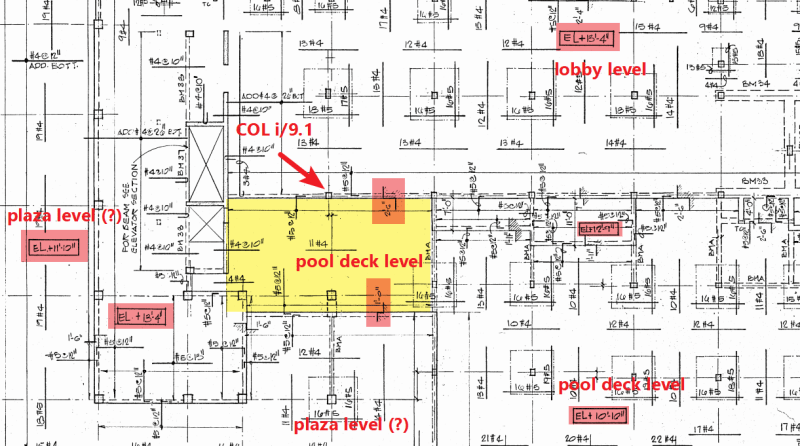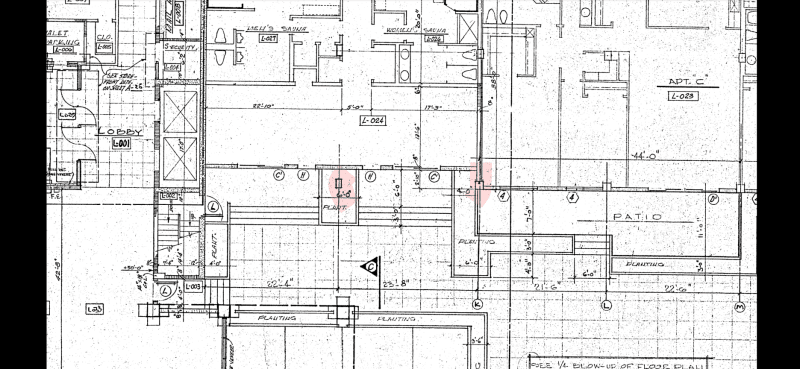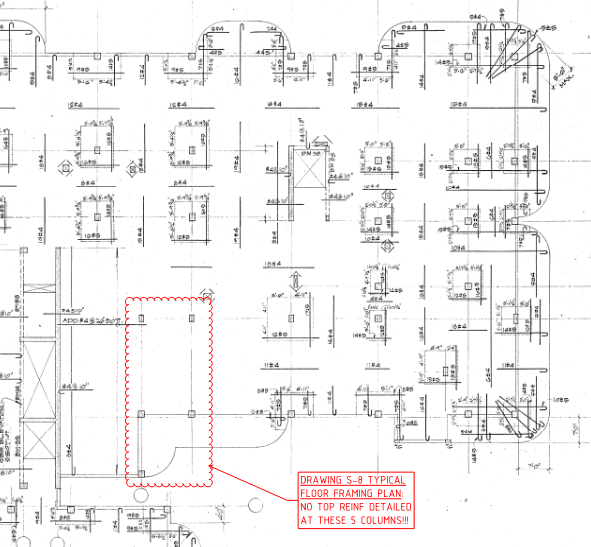-
1
- #1
Partial collapse of 12 storey apartment building in Miami Beach:
Was built in 1981. Not much information as yet.
Building profile:
Was built in 1981. Not much information as yet.
Building profile:
Follow along with the video below to see how to install our site as a web app on your home screen.
Note: This feature may not be available in some browsers.


Engr1888 said:Below is an image taken from a youtube clip on the sister building. The column doesn't look safe with the cracks and concrete spalling.
Surprisingly residents are still allowed to live in the building, given the witnessed catastrophe.
warrenslo said:ALL of the columns in the initial collapsed portion are Type C at the exterior and Type G at the interior. These columns have quite a bit of rebar at the lowest levels 12 x #11 in 16 x 16 (Type C) and 10 x #11 in 14 x 18 (Type G.) Both types near the maximum reinforcement ratio, once concrete spalling occurs they would theoretically be over code allowed ratio and need to be strengthened. But, they weren't strengthened due to parking, to enlarge columns reduces parking space size or the space altogether, so the HOA technically wasn't allowed due to zoning laws.
...
In addition, they appear to have been overloaded. According to the plans provided, the columns were not designed for the penthouse addition. The column schedule mislabels floor 12 as the penthouse.

geotechguy1 said:I can't comprehend how the other towers haven't been evacuated
